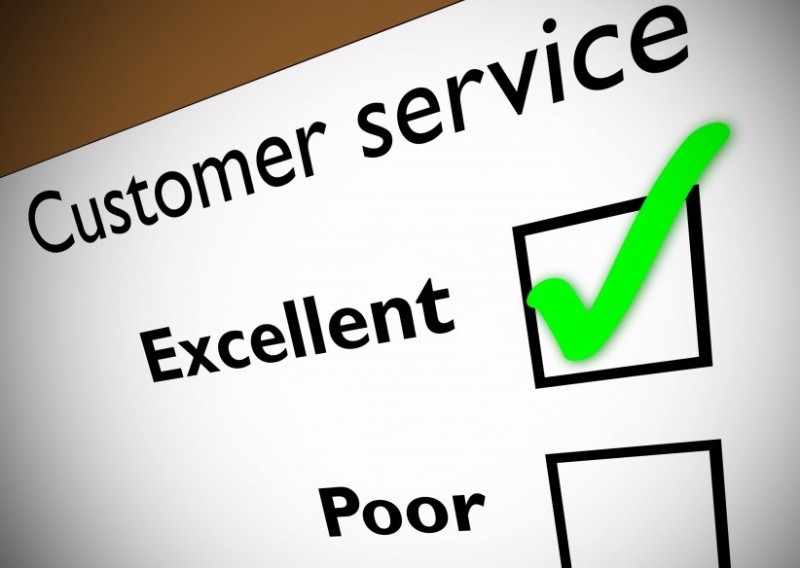A quick guide to customer service – giving your people the right tools for the job
There’s more to customer service than meets the eye and it can be a complex business – definitely too complex to explain in one blog post. But there are bits we can talk about to give you a quick guide to giving top-notch customer service.
The right tools for the job
You wouldn’t expect a tradesman to turn up without the right tools for the job, yet we sometimes expect people involved in customer service to be able to do their jobs without the right equipment. By equipment, we don’t mean phones and computers and the physical things, we mean the real tools, like how to ask the right questions to customers so you can show care and build trust in your organisation.
Active listening
This is an essential tool anybody working in customer service needs. It’s vital. To actively listen you need to use your ears – Encourage, Ask, Reflect, Summarise – so you can truly understand what’s been said.
Let’s look at each of these individually to see what they really mean.
Encourage
To encourage others to talk, you need to show empathy, match the pace at which the other person’s speaking and give them your full attention. Give nods (including verbal nods if you’re on the phone) and maintain eye contact of you can. People who feel encouraged to talk will usually open up more readily.
Ask
This sounds obvious, but you’d be surprised how many organisations get this wrong. Asking how you can help and checking someone is happy with what’s been agreed on or decided shows you have really listened and are happy to help them. Try it.
Reflect
This is about reflecting feelings, and testing that what you think about the customer is right. Often you’ll pick up on conflicting feelings between what’s being said and what they mean, so try saying something to prove you’re right. Once you’ve done this – sometimes several times – you can usually get to the crux of what the customer wants.
Summarise
This is a great way to end the conversation after you’re done with the reflecting and are ready to show what your understanding of the situation is. It’s where you confirm everything from both sides to everyone’s satisfaction.
Like every tool, active listening needs practice and knowledge of how it works to be used properly. The operator needs to be calm, logical, even-paced, rational, positive, and show conviction to be an effective active listener. And that’s just for starters – in reality, there’s a whole host of behaviours and skills that need to be honed. But to make sure your people have the right tools to actively listen and always give excellent customer service, these are a great start.








